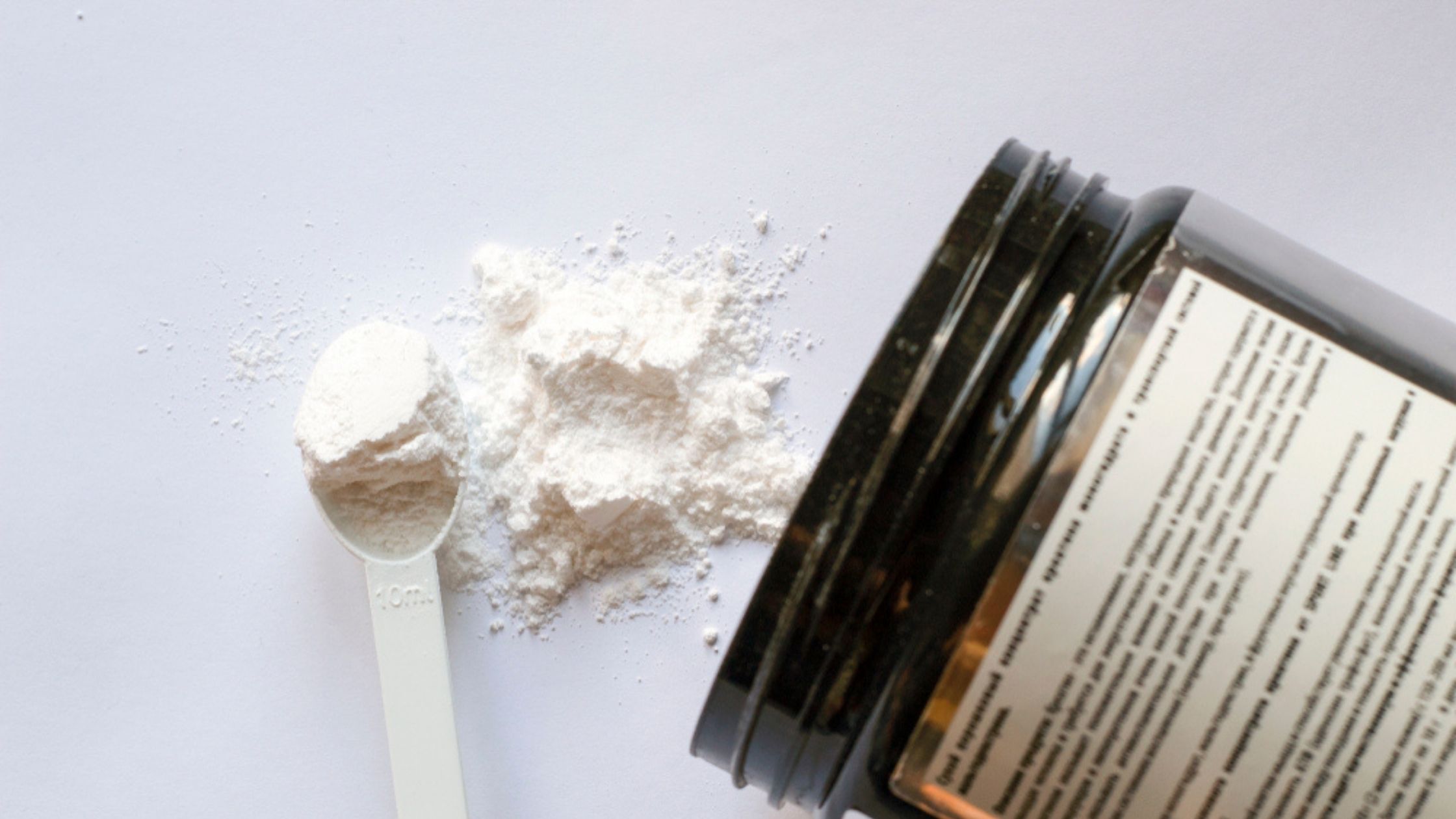What is Creatine and its role in our body?

Creatine is an amino acid present mostly in our muscles and brain. It can be also obtained through foods like meat, fish and other seafoods. It is also produced in liver, kidneys and pancreas. In muscles, Creatine is stored as phosphocreatine and used for energy. It is used by athletes in form of powder or capsules to increase muscle mass. Creatine is also used to treat heart failure, skin aging and certain brain disorders.
What is creatine used for?
Creatine is often used for strength and resistance exercise. It can also improve lean muscle mass and might slightly tweak performance in anaerobic sports/exercises. Creatine might also reduce levels of myostatin; increased levels of it can inhibit new muscle development.
Though the research in effects of Creatine on cognition is limited, Creatine might reduce fatigue and also fatigue associated with sleep deprivation or brain injury. Creatine might also boost memory which is useful especially for older people.
Is Creatine safe to consume?
Creatine is considered safe to consume if taken in proper amounts. However people with kidney disorders should consult a health care professional before consumption.
Dosage:
According to a study published in 2007 on Pubmed by Thomas W Buford, 3-5 grams per day of Creatine can be consumed for 3-4 weeks (for people not on loading phase). For people on loading phase, consume 20gms (5 grams split in each meal) for 5-7 days. Absorption improves if Creatine is consumed with a protein or carbohydrate rich meal.
Side effects:
Some of the side effects that might be experienced with Creatine consumption are:
- Muscle Cramps
- Dehydration
- Water retention
- Diarrhea
- Nausea
- Weight gain
- Fever

